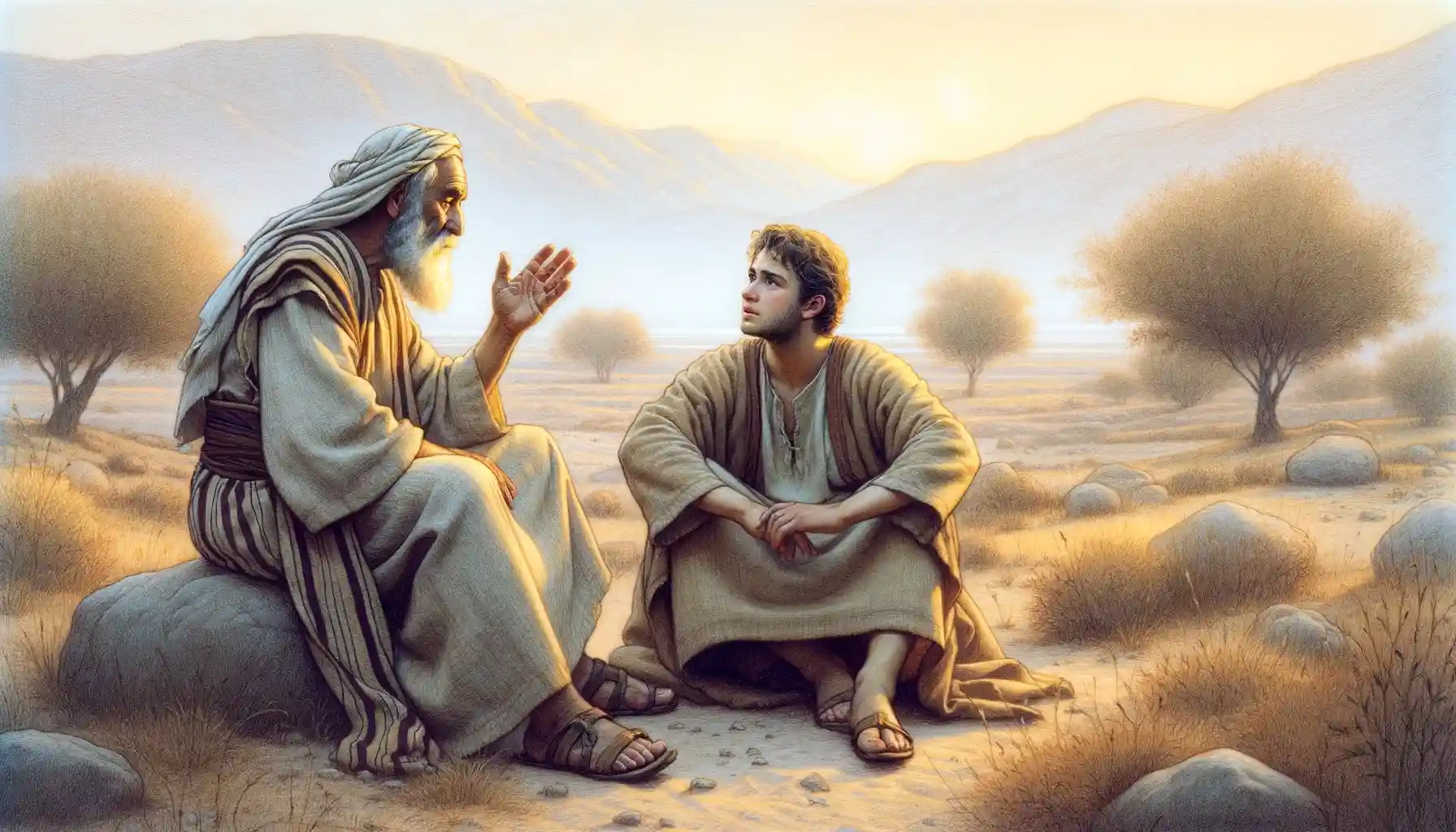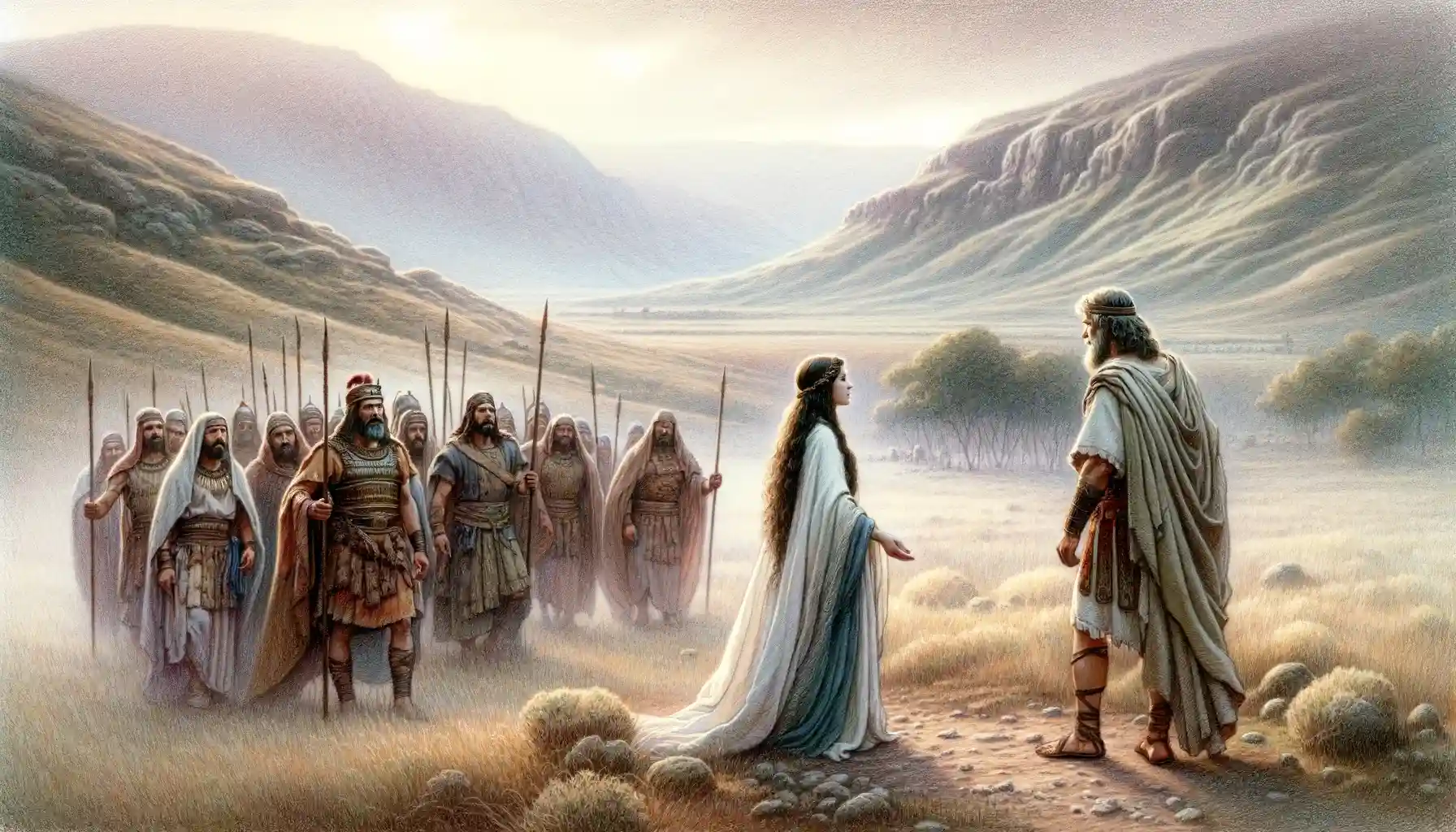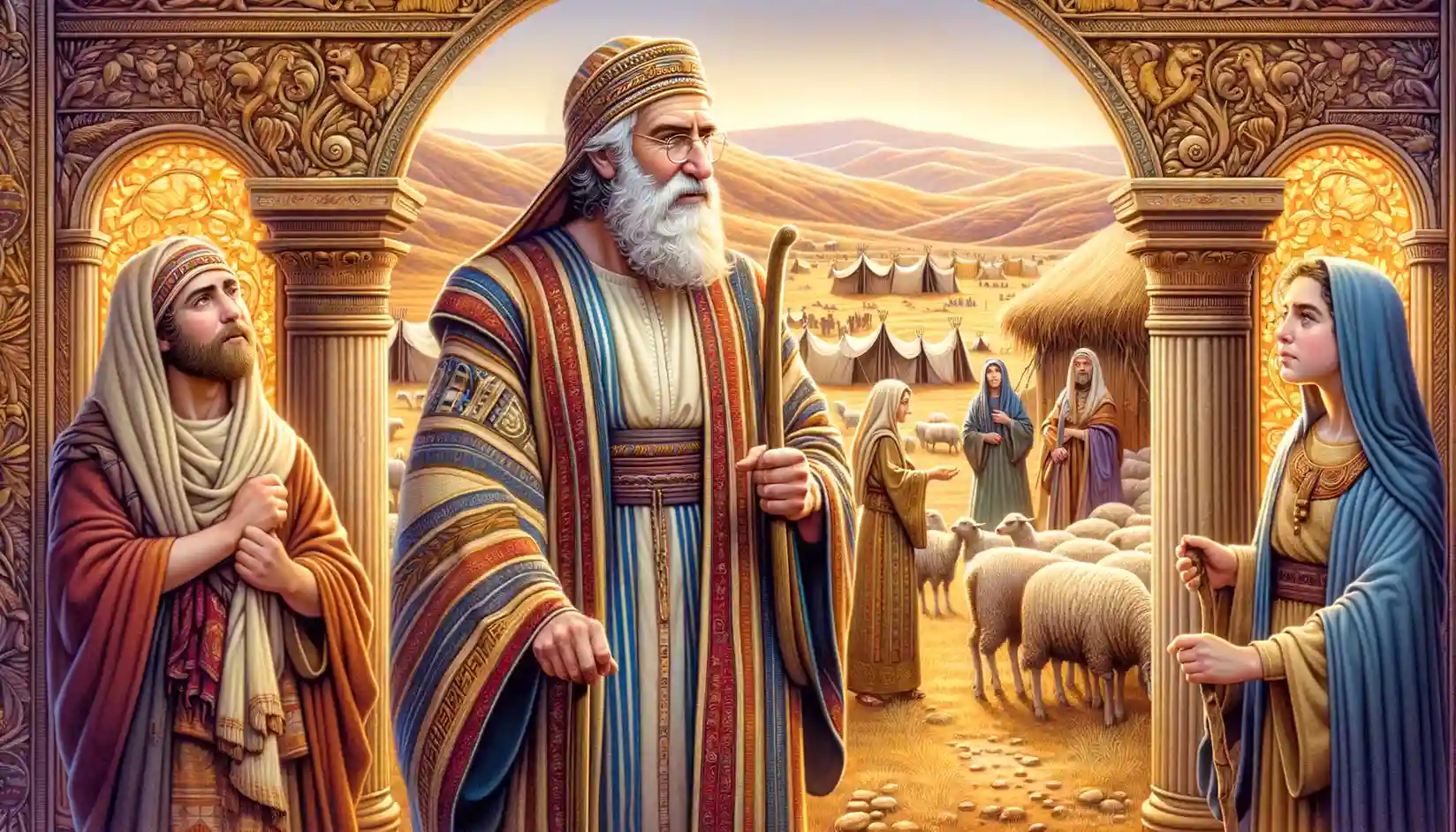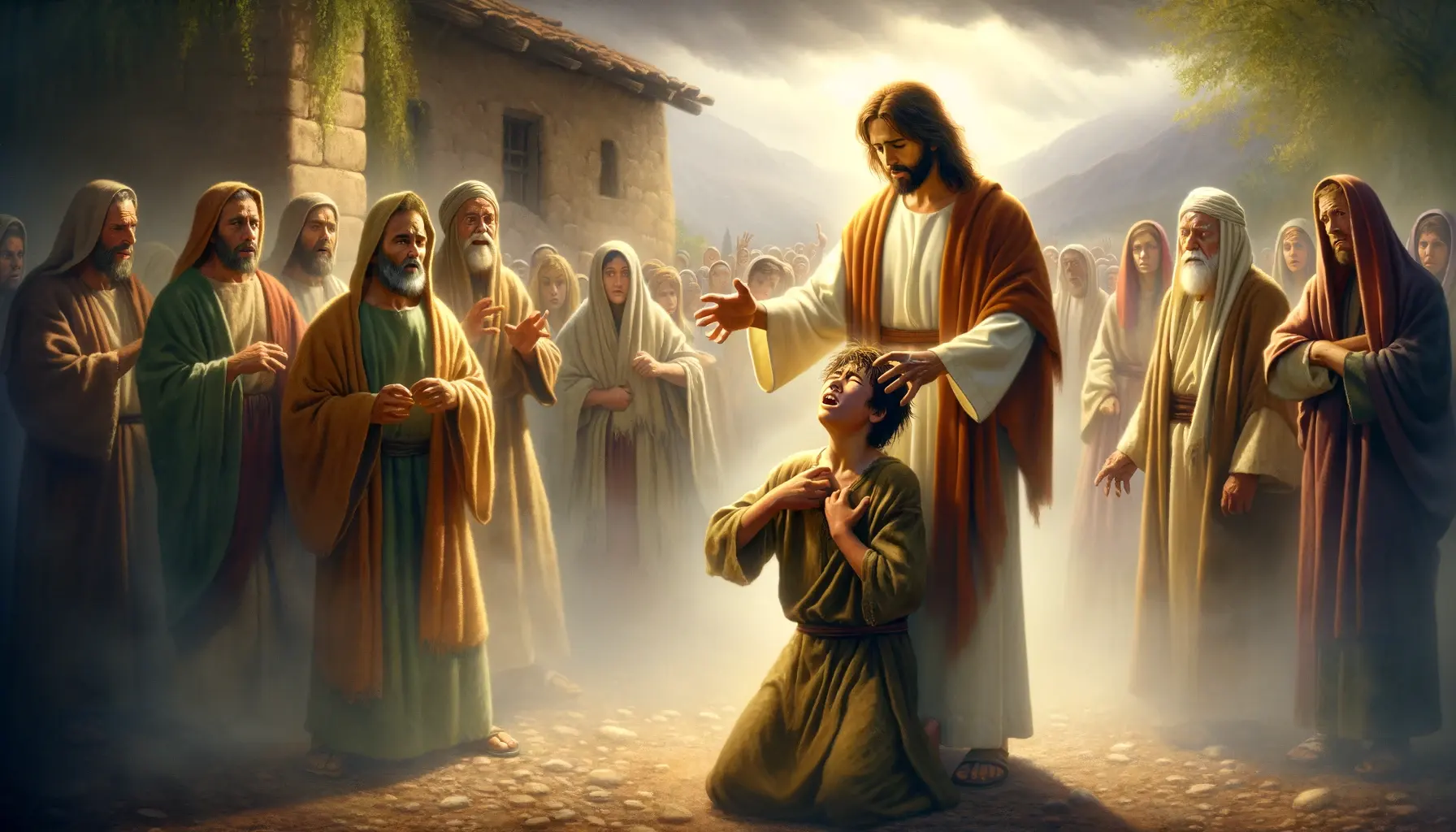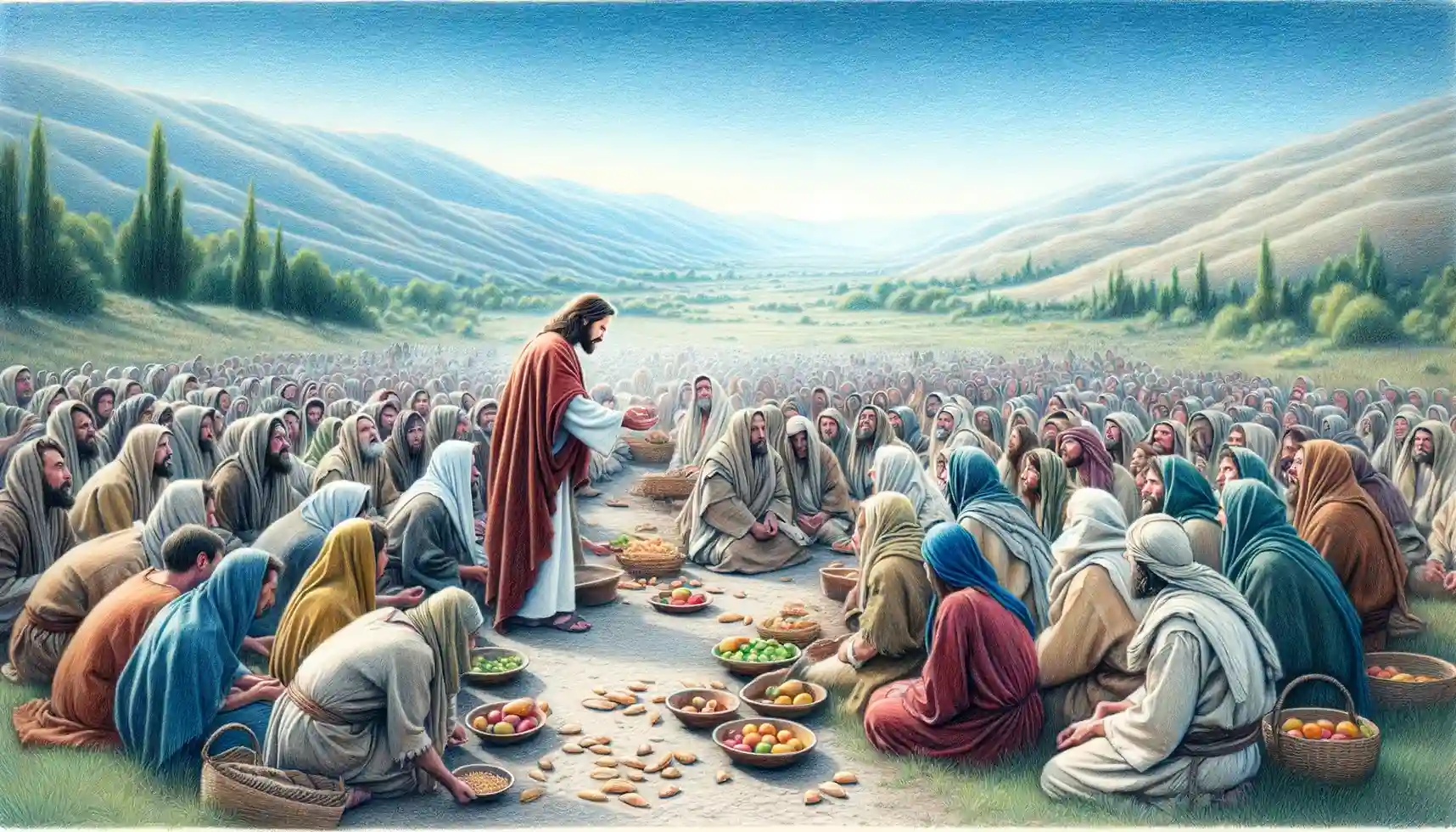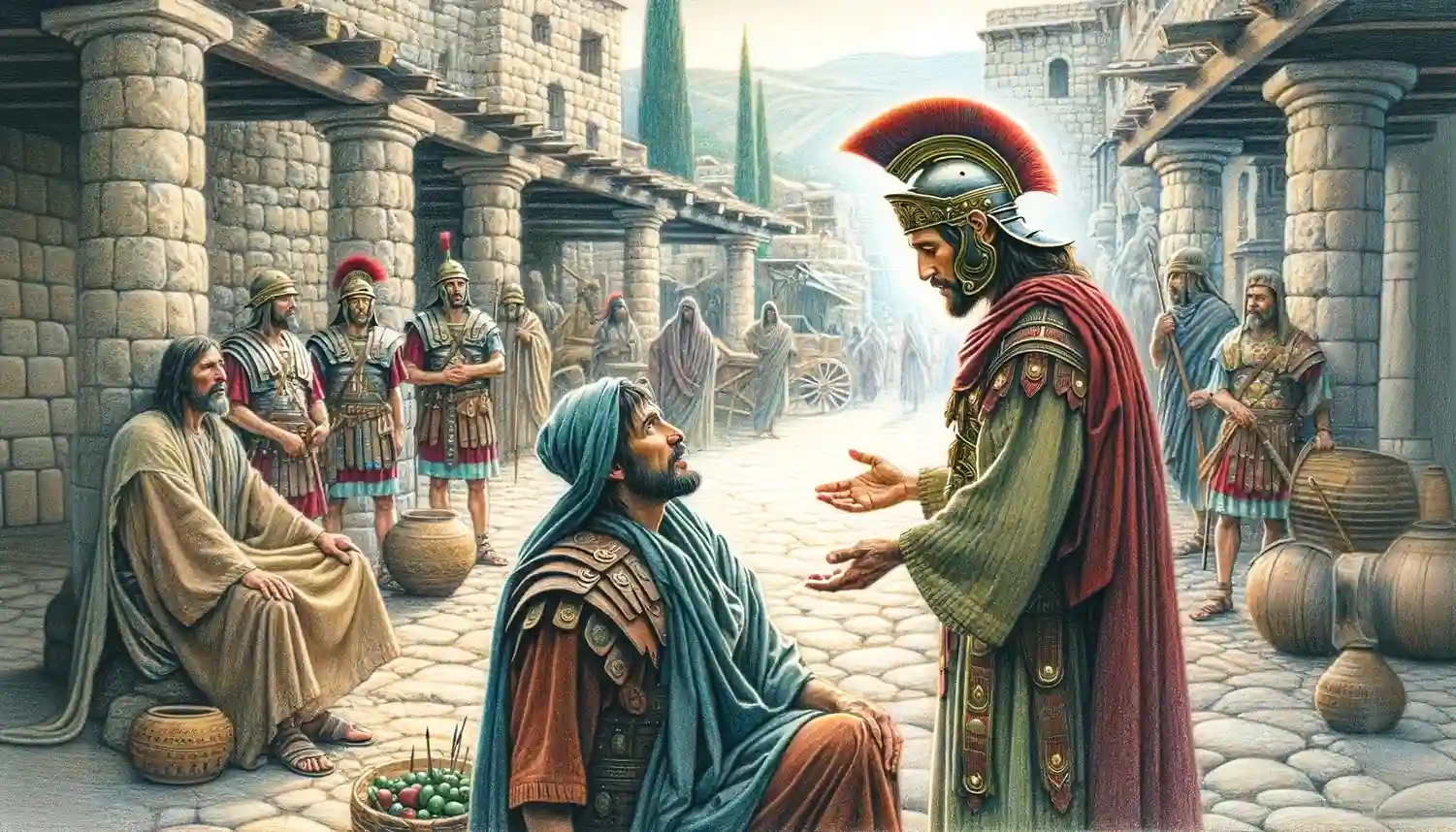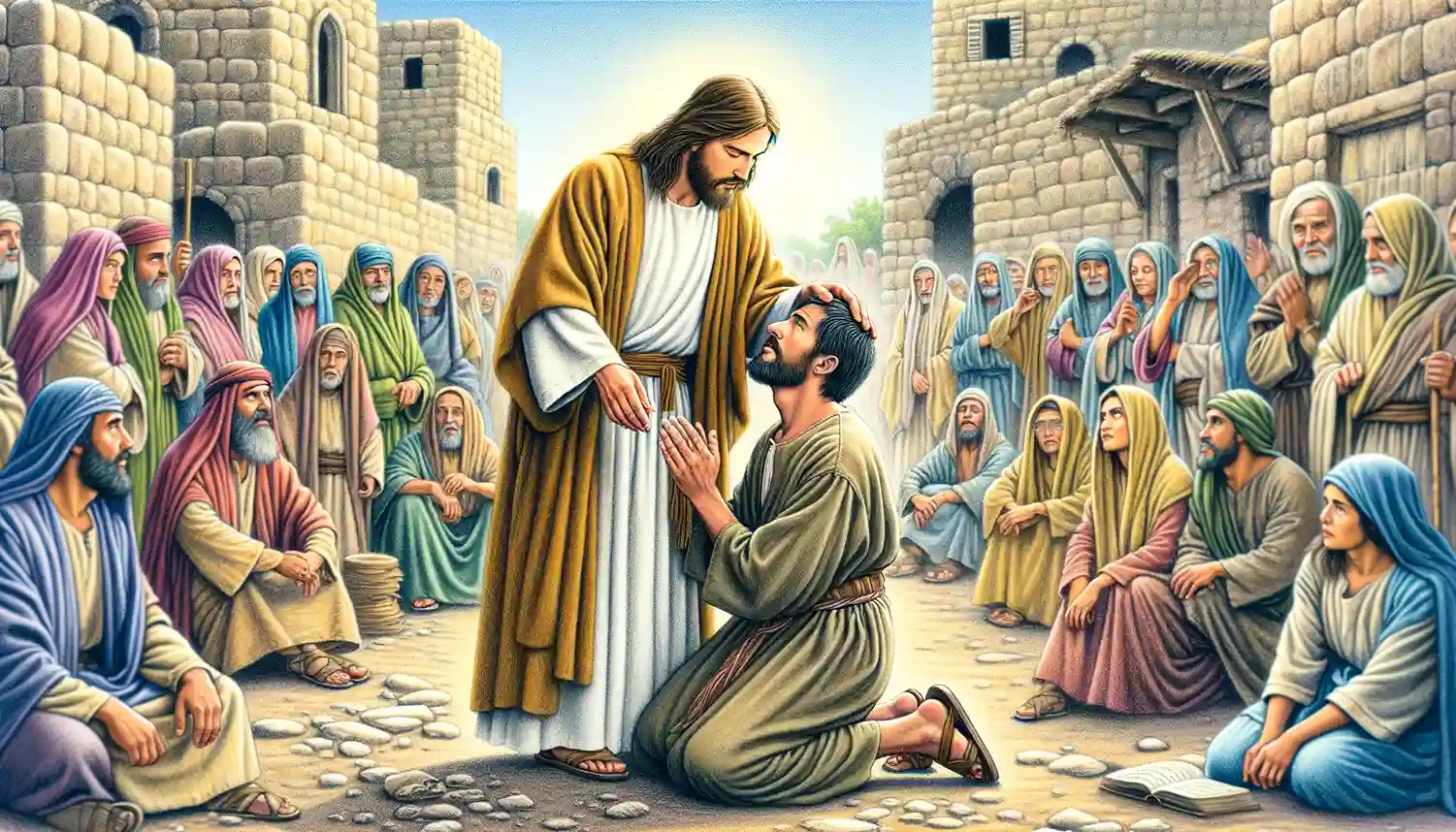Eve, the first woman according to the Bible, was created from Adam’s rib and is central to the Genesis narrative, playing a key role in the events of the Garden of Eden and the onset of human sinfulness.
Jethro, Moses’ father-in-law and the priest of Midian, is celebrated in the biblical narrative for his crucial advice on leadership and governance, helping to establish a practical and sustainable judicial system for the Israelites during their journey in the wilderness.
Abigail is celebrated in the biblical narrative for her quick thinking, wise speech, and acts of diplomacy that not only saved her household from destruction but also led to her becoming the wife of King David.
Zipporah, the wife of Moses, is the daughter of Jethro (also known as Reuel), a priest of Midian. Jethro played a significant role in Moses’ life, offering him refuge when he fled from Egypt and later giving his daughter Zipporah in marriage to him. Zipporah’s mother’s name is not mentioned in the Bible. Jethro is depicted as a wise and influential figure who provided Moses with valuable counsel on governance and leadership. Their familial connection further emphasizes the alliance between Moses and the Midianites during his time in exile.
The first three words of the Bible are “In the beginning.” These words open the Book of Genesis and set the stage for the biblical narrative of creation. They introduce the concept of a divine origin to the universe, emphasizing that everything was initiated by God’s sovereign act. “In the beginning” signifies the start of time and the cosmos, marking the moment when God created the heavens and the earth. This foundational phrase underscores the Bible’s overarching theme of God’s supremacy and the intentional design of the world and life within it.
Jeremiah, known as the “weeping prophet,” is noted for his sorrow over Israel’s spiritual decay. His 40-year ministry during Jerusalem’s decline involved intense suffering and heartfelt pleas for repentance, recorded in the books of Jeremiah and Lamentations. Despite opposition and imprisonment, his commitment to conveying God’s messages of warning and hope demonstrated his deep compassion and dedication.
Jesus’ healing of a boy with an unclean spirit in Mark 9:17-27 showcases His authority over evil spirits, the necessity of faith for miracles, and His compassionate power to heal those afflicted by severe physical and spiritual conditions.
The Feeding of the 5,000, as described in Matthew 14:15-21, is a monumental miracle performed by Jesus Christ, where He compassionately feeds a massive crowd of over five thousand men, excluding women and children, with just five loaves and two fish. This miracle not only demonstrates Jesus’ supernatural ability to provide but also symbolizes His role as the spiritual sustenance for humanity, reinforcing His identity as the Bread of Life.
The Healing of the Centurion’s Servant is a profound biblical narrative found in Matthew 8:5-13 and Luke 7:1-10, which showcases Jesus’ miraculous healing of a Roman centurion’s gravely ill servant from a distance. This event highlights Jesus’ divine authority and the remarkable faith of the centurion, transcending cultural and religious boundaries and emphasizing the inclusivity of Jesus’ ministry to all who believe, regardless of their background.
In the Gospel of John, the story of Jesus healing a man born blind serves as a powerful narrative that illustrates both a miraculous restoration of physical sight and a profound allegory for spiritual enlightenment, challenging religious conventions and revealing deeper theological truths.


